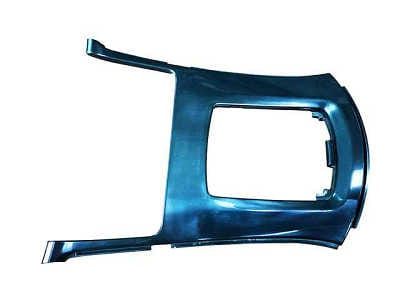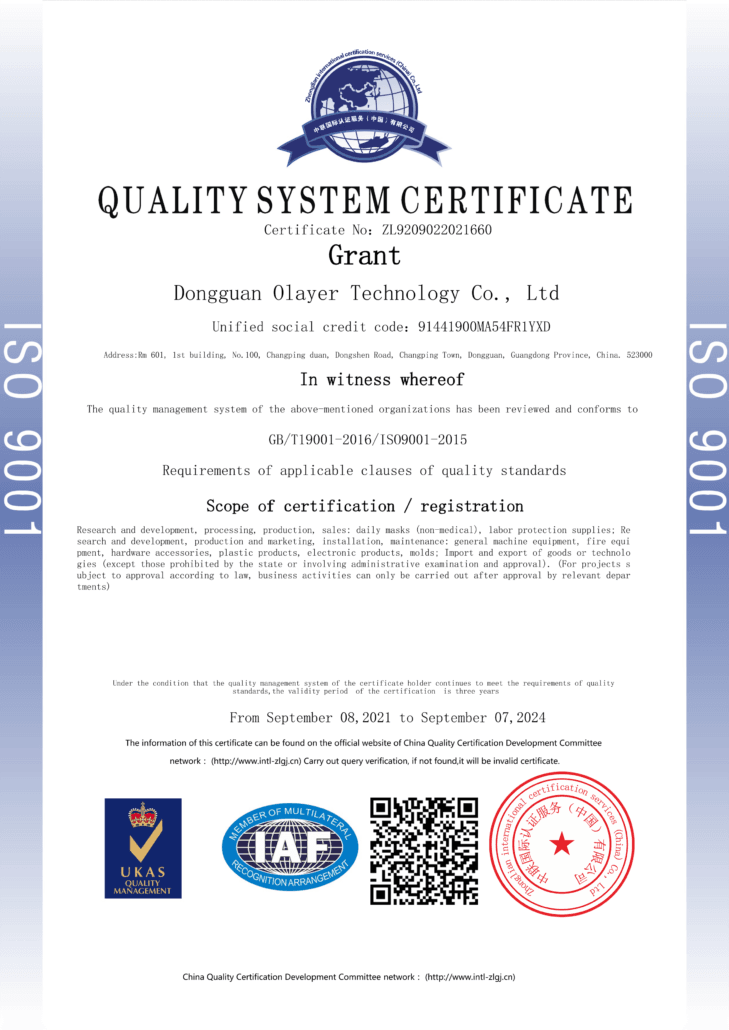What is Injection molding Technique
Injection molding Technique is the manufacturing process which is mostly used to fabricate items from toys and the plastic trinkets to cell phone cases, automotive plastic parts, containers, and water bottles. Basically, various plastic parts that we use in day to day life are from the injection molded. injection molding technology becomes the fastest process used to create large plastic parts in identical shape and size. It is composts of primary components which include the screw, feed hopper, and the heated barrel. Flexibility in size and shape achieved by using injection molding has constantly widened the boundaries of plastics design hence allowing substantial alternatives of the traditional materials because of the light-weighting and design freedom.
The technique of injection moulding
When the product’ parts have been designed, moulding of the metal is then precision-machined to create the required shape, which is either the in multiple cavities or the single cavity. The material which is chosen to take the form of the plastic granules is then fed through the heated chamber by forcing it through the plunger into the hollow injection moulding die.
Once the cavity is filled, there is the help of the machine exerts to ensure the plastic doesn’t collapse because of pressure. The part created is then taken in a cooling system, to cool, solidify and then ejected from mould. After the process, there are other procedures for the injection moulding, which include the metal injection moulding, thin-wall injection moulding, silicone-rubber injection moulding and die casting.
The material used
To know the type of material used for this technique, the specific function of the end product requires to be considered. Nevertheless, thermoplastics is an ideal material for the injection moulding, mostly because of the desirable properties. Thermoplastics are essentially recyclable, easy to soften when heated and extremely versatile. Elastomers and thermosets can be used also for the injection moulding, even though they’re not commonly used. Majority of the injection moulding die is made from steel, but there are other metals which include stainless steel, aluminium and copper alloy that can be used for definite procedures. For instance, injection moulding is the best for the large parts and the low volume production.
How injection moulding works
The plastic granules are fed into the heated barrel using the hopper. Plastic which is placed in a hopper is normally in granular or powder form even though some resins, like silicone rubber, can be liquid form. The material is then melted using frictional action of the reciprocating screw which is accompanied by the heater bands. Molten plastic is then injected through a nozzle and into the mold cavity which may look easy, but the injection molding technology is the complex process. When in mould cavity, materials cool and then solidifies to a configuration of a cavity. Once the part has been hardened, moveable platen which the mould has been opened is ejected using the ejector pins.
Injection molding machine sizes can run anywhere from 5 tons of clamping force to over 6000. The higher the tonnage, the larger the machine. In fact, these injection molding machines are classified based on tonnage, or more precisely using the clamping force or pressure.


